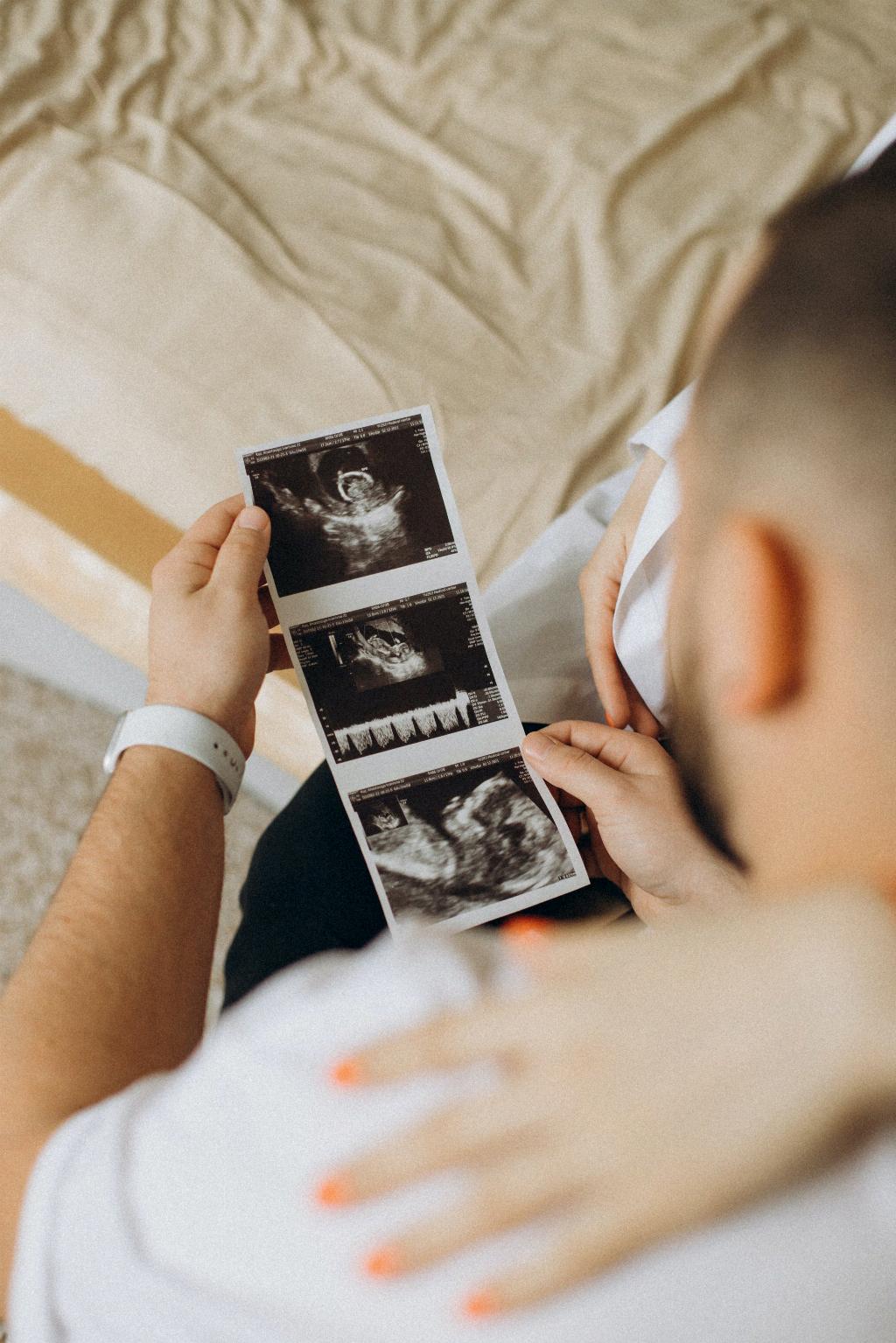During pregnancy, a woman’s body undergoes numerous changes to accommodate the growing baby. One such change that often receives attention is pelvic tilt. Pelvic tilt refers to the position of the pelvis, whether it is tilted forward, backward, or neutral. Research suggests that forward tilting of the pelvis can have implications for a pregnant woman’s comfort and overall well-being.
Understanding Pelvic Tilt
Pelvic tilt is influenced by a variety of factors, including musculoskeletal structure, posture, and muscle strength. When the pelvis tilts forward excessively, it can cause strain on the lower back and pelvic region, leading to discomfort and pain. This shift in pelvic alignment can also affect the way weight is distributed throughout the body, potentially contributing to postural issues and muscle imbalances.
Impact on Low Back Pain
Research indicates that forward tilting of the pelvis is a known risk factor for low back pain during pregnancy. The increased curvature of the lower spine associated with pelvic tilt can place additional stress on the supporting muscles and ligaments, leading to discomfort and reduced mobility. It is essential for pregnant women to be mindful of their pelvic alignment to help alleviate or prevent the onset of low back pain.
Pelvic Girdle Pain Consideration
Aside from low back pain, pelvic tilt can also contribute to pelvic girdle pain during pregnancy. Pelvic girdle pain affects the pelvic joints and can result in sharp or dull pain in the back, hips, or groin area. Maintaining proper pelvic alignment through exercises, posture awareness, and pelvic stabilization techniques can help mitigate the risk of developing pelvic girdle pain.
Importance of Postural Awareness
Proper posture plays a crucial role in maintaining pelvic alignment and supporting the body’s changing needs during pregnancy. Engaging in activities that promote core strength, flexibility, and alignment awareness can help pregnant women manage pelvic tilt and reduce the associated discomfort. Additionally, ergonomic considerations, such as using supportive seating and modifying daily activities, can further support optimal pelvic position.
Exercise and Pelvic Alignment
Specific exercises and stretches can aid in improving pelvic alignment and reducing the effects of pelvic tilt during pregnancy. Strengthening the core muscles, particularly the abdominal and pelvic floor muscles, can help stabilize the pelvis and alleviate strain on the lower back. Additionally, incorporating gentle stretches to release tension in the hip flexors and lower back can promote better alignment and posture.
Consulting Healthcare Providers
It is crucial for pregnant women to consult with their healthcare providers, such as obstetricians, midwives, or physiotherapists, to address any concerns related to pelvic tilt and its impact on pregnancy. These professionals can offer personalized guidance, recommendations, and support to help women navigate the physiological changes occurring in their bodies during pregnancy.
Self-Care Strategies
In addition to seeking professional guidance, pregnant women can implement self-care strategies to manage pelvic tilt and promote overall well-being. These strategies may include practicing mindfulness techniques, such as deep breathing and relaxation exercises, maintaining a balanced exercise routine, prioritizing rest and proper body mechanics, and utilizing supportive tools, like maternity belts or pillows, to enhance comfort.
Conclusion
In conclusion, pelvic tilt can indeed impact pregnancy by contributing to low back pain and pelvic girdle pain. By maintaining awareness of pelvic alignment, engaging in appropriate exercises, seeking healthcare provider guidance, and practicing self-care strategies, pregnant women can effectively manage pelvic tilt and optimize their comfort throughout the pregnancy journey.

